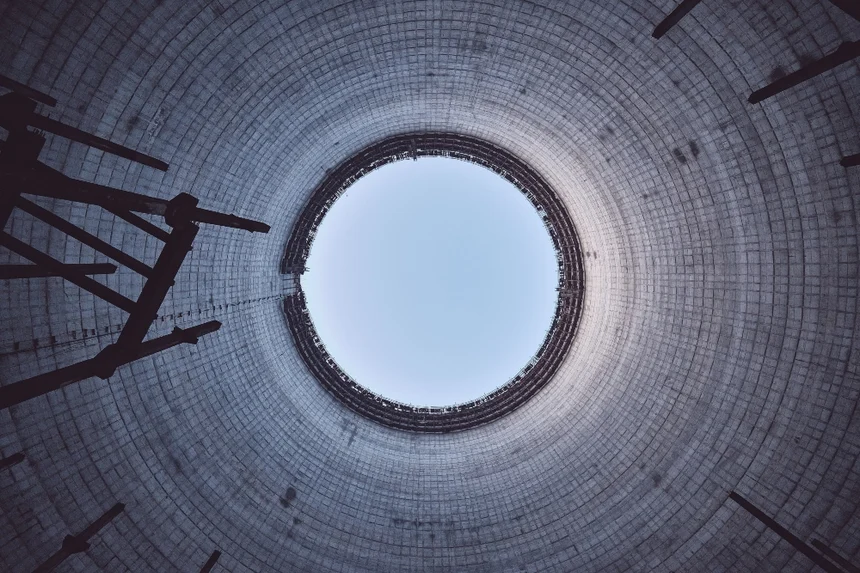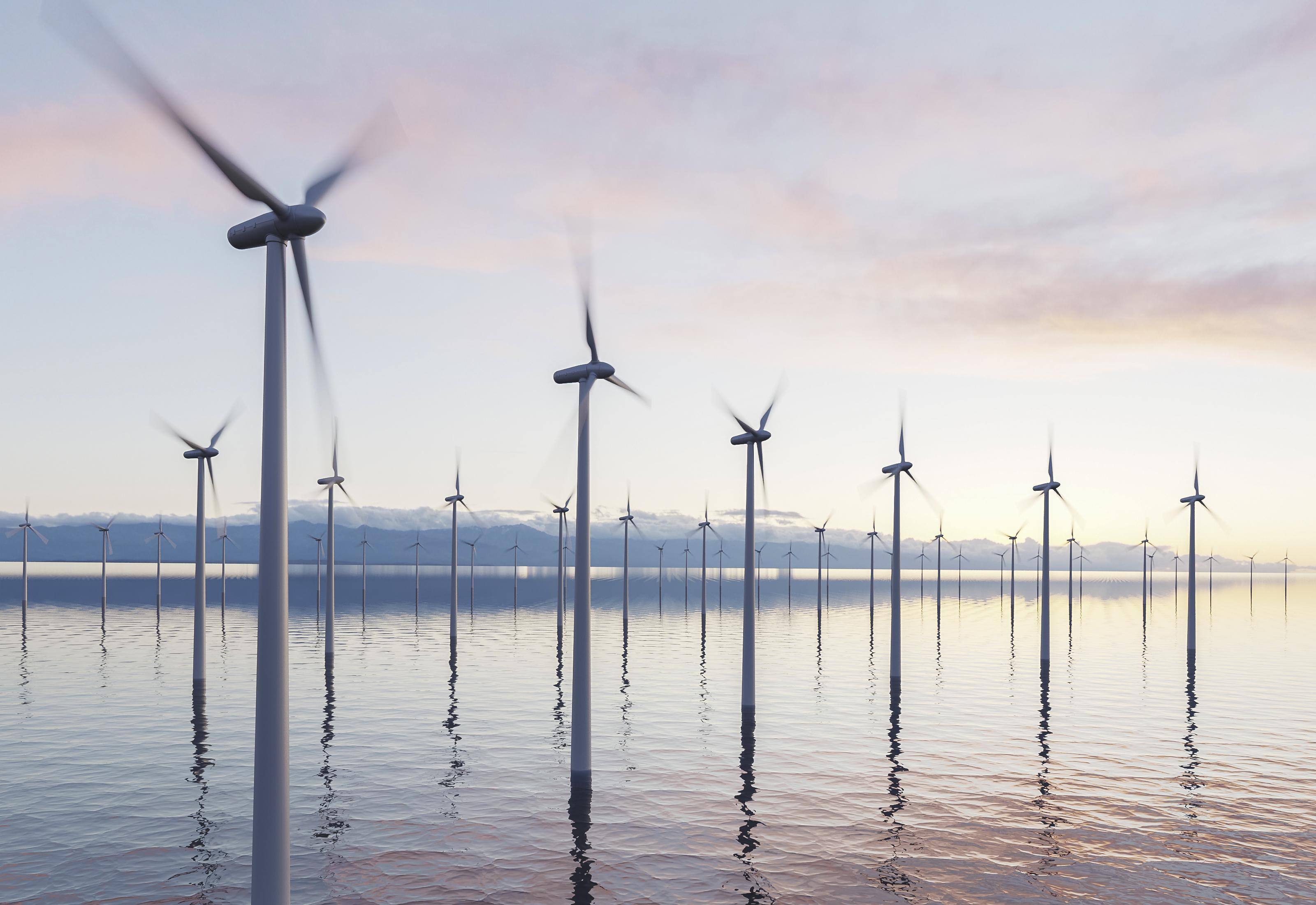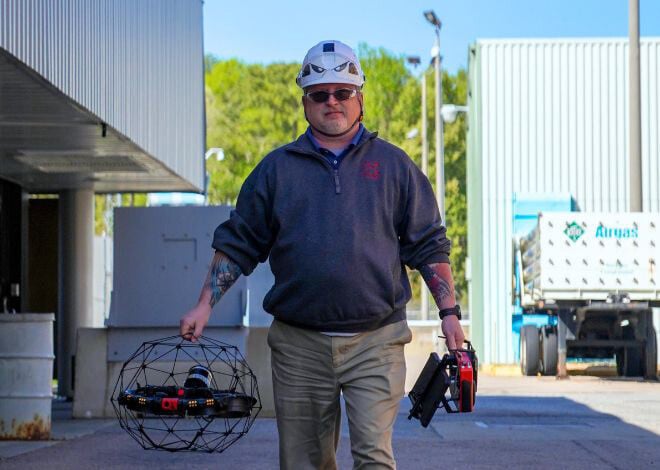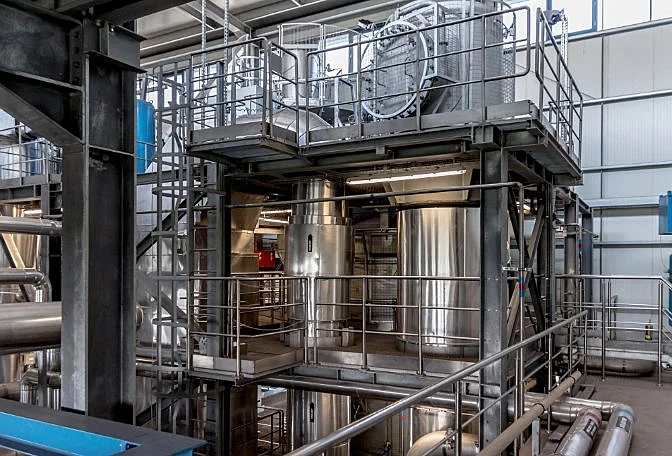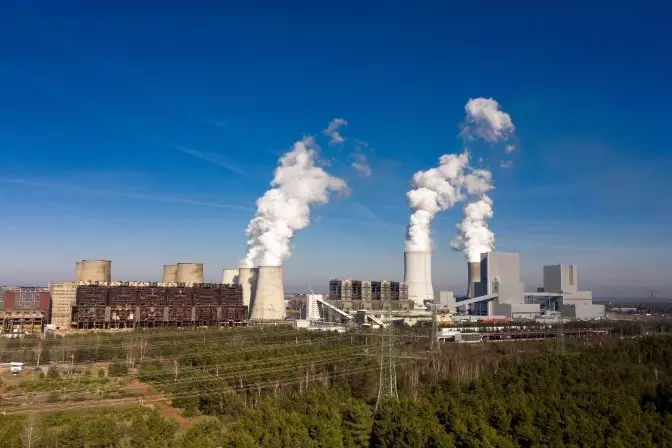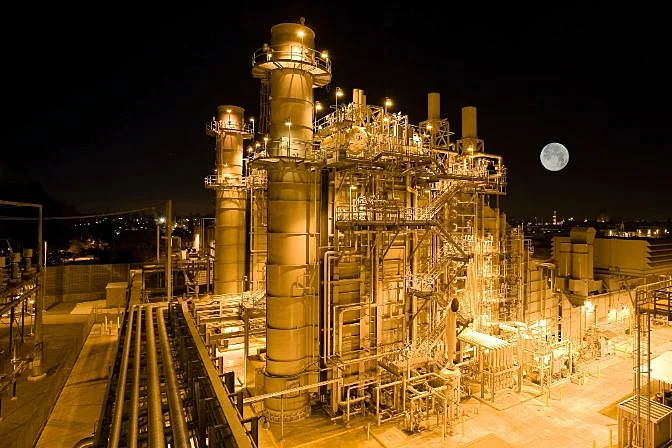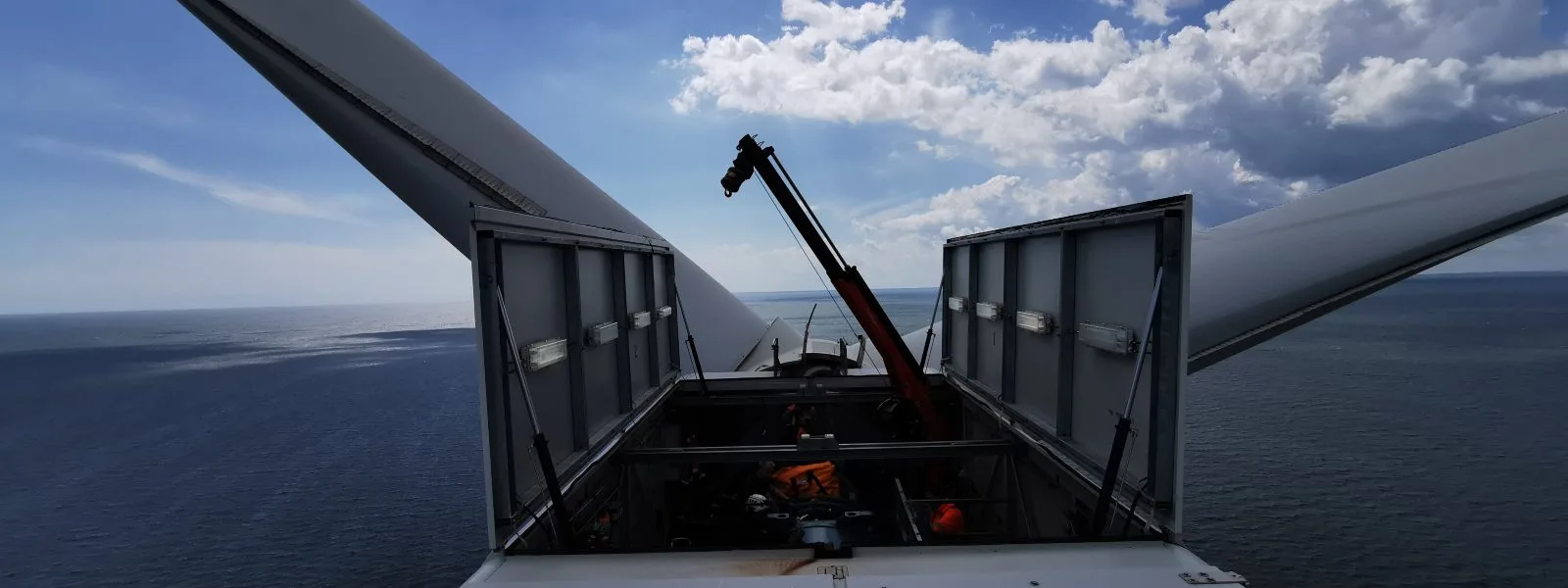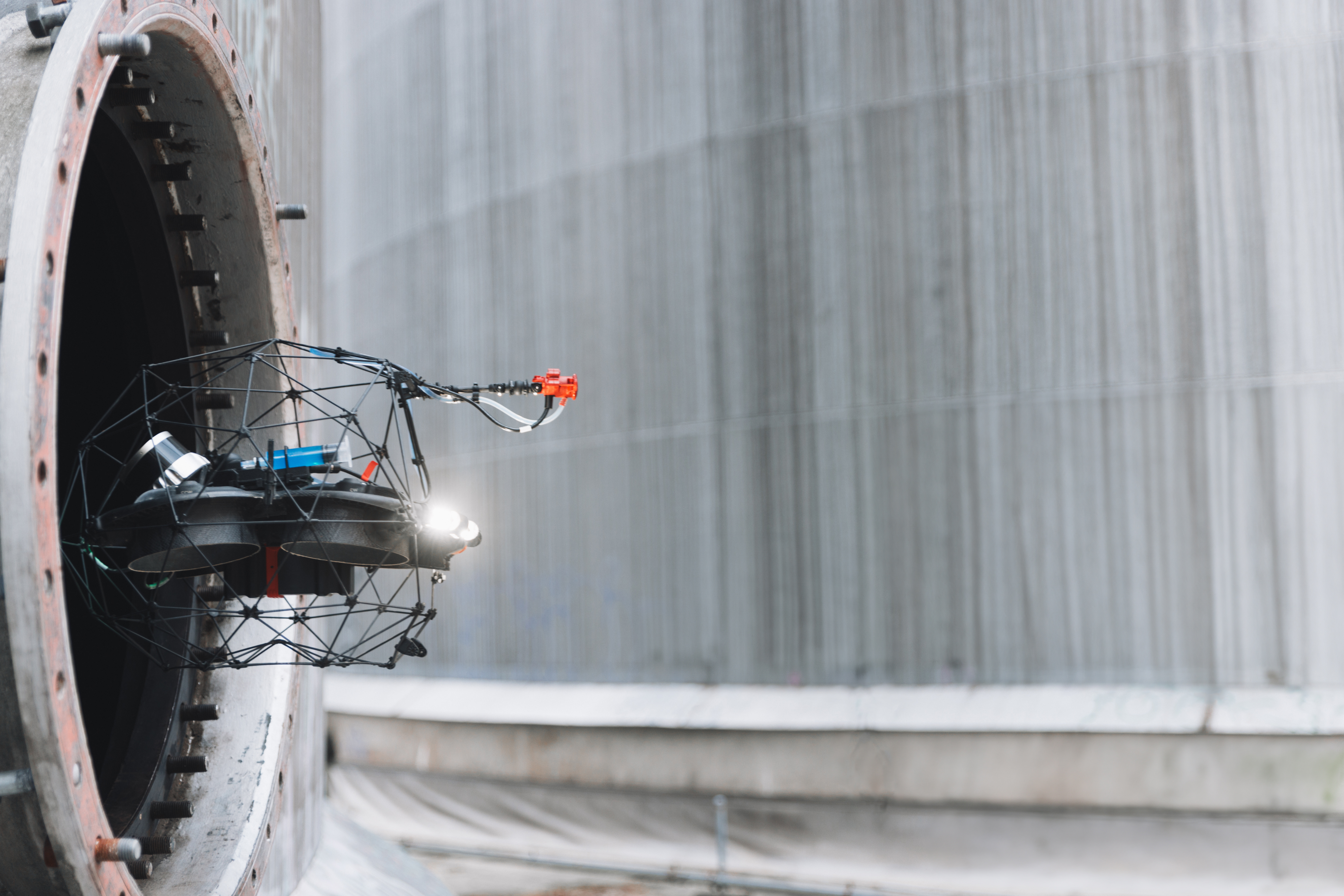- Blog >
- POWER PLANT MAINTENANCE: WHAT IS REQUIRED AND HOW DRONES...
Power Plant Maintenance: What is Required and How Drones Can Help
Power plant maintenance is the work performed to maintain power plants, including inspections, maintenance, and repairs for all of the assets used throughout a power plant.
This maintenance work is crucial for the safety and preserving the longevity of energy plant assets.
The work of power plant maintenance is ongoing, and it is essential for operations at all power plants, both to ensure the safety of personnel at the plant and to keep all of the assets and infrastructure in good working order.
Without the right maintenance procedures, key equipment and machinery can fall into disrepair, leading to potentially dangerous situations on site and the premature failure of expensive equipment used in generating power.
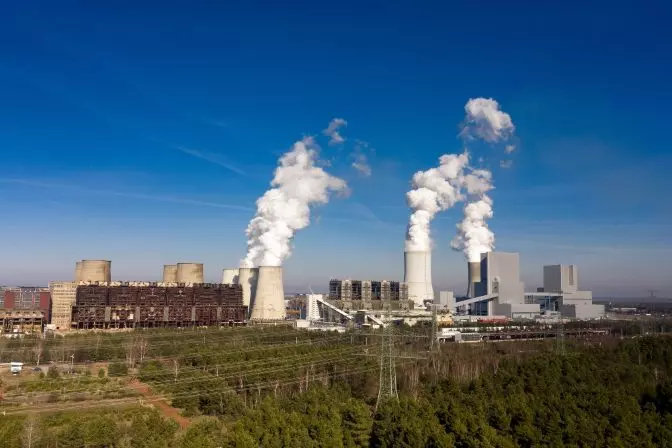 A coal-fired power plant in Eastern Germany
A coal-fired power plant in Eastern Germany
Given that new construction is incredibly expensive, power plant owners generally prefer to prolong the life of an existing power plant to building a new plant or adding onto an existing one.
The longer a plant can run, the more cost-effective it is over time, and maintenance plays a crucial role in maximizing the longevity of an energy plant.
Power plant maintenance is a blanket term that refers not just to the maintenance of assets and equipment but also to routine inspections, installation of equipment, regular reporting, systems integrations and reviews, and scheduled preventive maintenance—all of the work required to help the plant stay active and in good working order from one day to the next.
In this article we’ll cover how power plants work, what power plant maintenance entails, how inspections fit into maintenance procedures, and then take a look at different ways that drones can help improve power plant maintenance.
Here is a table of contents in case you would like to jump around within the article:
How Power Plants Work
So what is the purpose of a power plant?
Power plants convert raw energy sources such as coal, nuclear heat, or wind, into usable power in the form of electricity.
A thermal power plant, which is one of the most common types, is a plant that creates power by burning fuel to convert it into electricity.
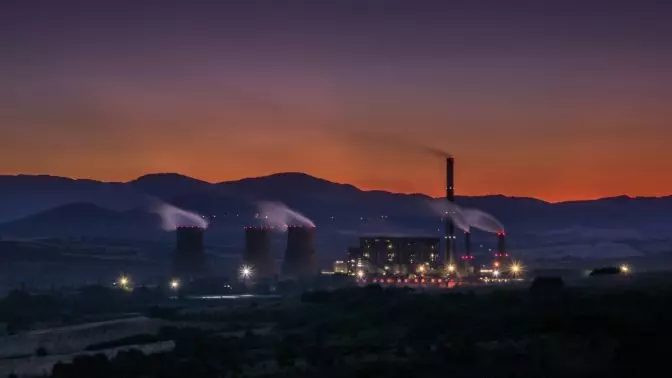 A thermal power plant in Bulgaria
A thermal power plant in Bulgaria
In a typical thermal power plant, fuel is heated to convert water into steam. The steam is then sent through a turbine connected to an electric generator in order to create electricity.
Here are some examples of thermal power plants:
-
Nuclear power plants use heat from a nuclear reactor to turn water into steam, and then convert the steam into electricity.
-
Coal power plants burn coal to turn water into steam, and then convert the steam into electricity.
In addition to thermal power plants, which burn fuel to convert water into steam in order to generate power, there are also power plants that convert energy from naturally occurring sources into power:
-
Hydroelectric power plants use the energy of water running through turbines to generate electricity.
-
Solar power plants use solar panels to convert the sun’s energy into electricity.
-
Wind power plants use the energy of wind turning giant fan blades to generate electricity.
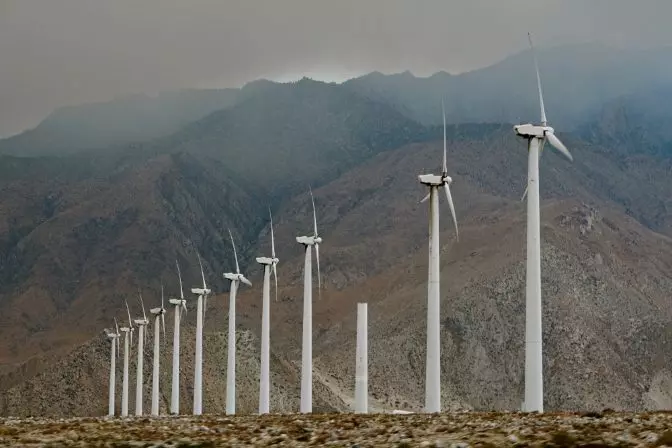 Wind turbines generate power for wind power plants
Wind turbines generate power for wind power plants
Power Plant Maintenance Planning
Power plants require thorough, well-kept maintenance protocols in order to stay safe and continue regular operations.
In power plant maintenance planning, there is often one engineer devoted to maintenance, who holds the title Power Plant Maintenance Engineer.
The Power Plant Maintenance Engineer is not responsible for doing every single maintenance-related job at the plant—it would be far too much work for one person to do—but is rather the person who helps supervise these jobs and makes sure that they are being done according to relevant industry standards.
COMPLEX SYSTEMS FOR ENERGY PLANT MAINTENANCE
At a power plant, keeping up with maintenance is incredibly complex and challenging, but also crucial for safety.
If a problem at the plant does not get addressed quickly it could develop into a life-threatening issue. But there is no way that personnel onsite can keep track of the status of each component and asset the plant uses from one minute to the next.
This is why power plants use computerized systems to track the real-time status of their equipment, down to small details, so that nothing slips between the cracks.
Here are the two primary systems used in power plant maintenance:
-
SCADA (Supervisory Control and Data Acquisition). SCADA is a complex industrial control system that uses computers and network data communications to monitor plant and machinery conditions. SCADA is used in several industrial processes, including power plant maintenance, refining, fabrication, and manufacturing.
-
CMMS (Computerized Maintenance Management System). Because there are so many different things to keep track of at power plants, engineers in charge of maintenance use a CMMS to help them track, share, and archive maintenance schedules and reporting.
It’s common for an energy plant’s CMMS to be integrated with its SCADA systems so that certain dates or events will lead to automatic work order creation for recurring items, such as preventive maintenance or inspections.
This integration is also often used for sharing information about security-related issues like fault detection, alarms, and abnormal conditions detected within the plant.
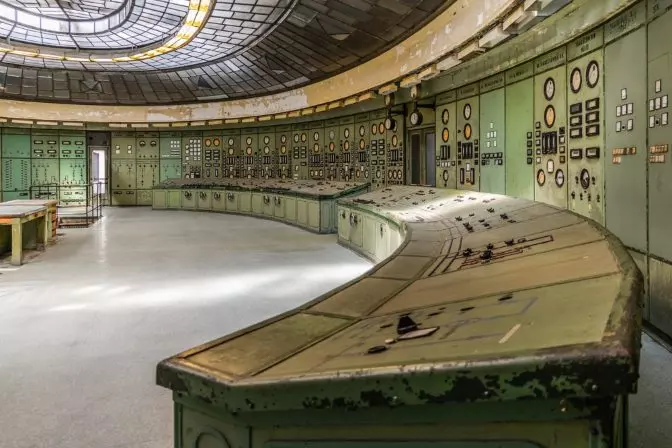 A control room at an old power plant
A control room at an old power plant
WHAT A POWER PLANT MAINTENANCE ENGINEER DOES
So what exactly is required for power plant maintenance?
One way to answer this question is to look at the list of items that a Power Plant Maintenance Engineer oversees.
Here is an example list:
-
CMMS and SCADA coordination and integration
-
Maintaining documentation about the plant’s maintenance procedures
-
Technical support in anything maintenance-related at the plant
-
Developing and making sure personnel adhere to preventive maintenance schedules
-
Ensuring that inspections and maintenance are being conducted in compliance with relevant industry standards
-
Being the connector at the plant between those doing the work (i.e., engineers and other plant workers), management, and outside parties like regulators who require insight into the plant’s maintenance procedures
-
Preparing reporting and sharing it with stakeholders at the plant
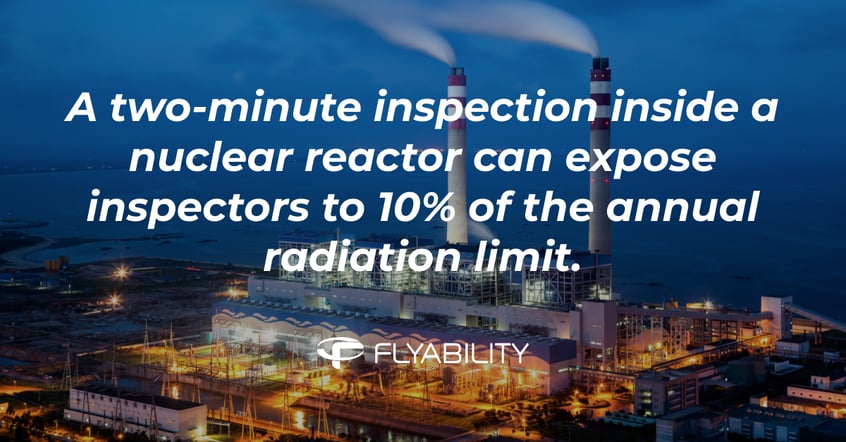
Four Ways Drones Help Improve Power Plant Maintenance
Inspections are an important part of maintenance at any energy plant.
Routine inspections help ensure that all the assets used in a plant’s processes are in good working order, and uncover possible problems long before they develop into issues that could endanger personnel.
Inspections of the inside of an asset, like a tank or boiler, are among the most frequent —and difficult—types of inspections carried out during power plant inspections. Using a drone removes human risks at this stage, as it removes the need for a person to enter the confined space in the first place.
USING DRONES INSTEAD OF PEOPLE
Drones made for flying in confined spaces can take the place of the inspector’s physical presence, allowing the inspector to collect visual data about the conditions within the asset remotely, without ever having to enter it.
Flyability’s Elios 3 was created for flying in tight spaces, like boilers and tanks, in order to collect high quality, inspection-grade visual data. Both drones were designed to be collision-tolerant, sitting within a cage that allows the drone to bump into objects while maintaining flight.
Drones can help improve power plant maintenance by providing safer inspections, expanding access to assets, increasing savings and ROI, and prolonging asset lifespans.
1. Improving Inspection Safety
Deploying an indoor drone into a confined space helps keep human inspectors out of potentially dangerous scenarios.
This is especially true at nuclear power plants, where the danger is not potential but real.
When conducting nuclear power plant inspections, inspectors must often expose themselves to radiation in order to reach the areas of the plant that need to be inspected.
In a single inspection of one to two minutes, an inspector can receive up to 250 millirem (2’500 µSv) of radiation, which is about 10% of the annual limit for radiation exposure.
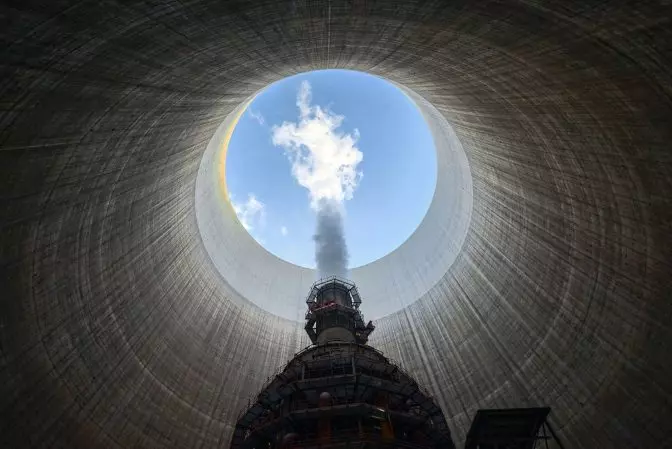 A picture taken by an Elios drone while inspecting a nuclear power plant
A picture taken by an Elios drone while inspecting a nuclear power plant
In addition, a radiation monitor must accompany inspectors when they are conducting inspections, which means that two people are exposed to radiation every time an inspection occurs.
Using a drone to collect visual data at a nuclear power plant removes the need for human exposure to radiation, allowing inspectors to remain safely outside the tanks and other irradiated areas while the drone enters them to collect visual data on their condition.
The use of drones reduces radiation exposure for inspectors and the costs associated with inspection. Because of benefits like these, over 80% of nuclear plants in the U.S. use Flyability drone technology.
New drone models like the Elios 3 RAD can carry out remote radiation sensing. This technology holds a lot of promise for the industry, as it can contribute to a net reduction of radiation exposure across the board.
Additionally, Flyability’s Inspector software can help inspectors identify the exact location where an issue was detected during an inspection. This data provides a more targeted approach for additional inspections or repairs, further reducing the time humans have to spend inside an asset.
2. Expanding Access to Assets
Drones can inspect areas that are challenging—or even impossible—for a traditional visual inspection.
Many indoor inspections require inspectors to stand on scaffolding and use flashlights in confined, cramped spaces. Not only does this expose inspectors to potential harm, but access to some areas may still be limited to lines of sight.
Drones can reach places that would typically require extensive planning, paperwork, downtime, and the setup of ropes or scaffolding for human confined space entry.
A drone can get a better, closer look at specific, hard-to-reach parts of an asset and bring back data. Whether it’s the very top edge of a cooling tower or flying in spaces too small for human access, drones have nearly limitless access to the assets for which they’re gathering data.
And data access, management, and improved processing are expanding inspectors’ understanding of the assets they inspect. Whether using crystal-clear visual data or data from other types of non-destructive testing (NDT) sensors, today’s software helps create a more comprehensive view of the asset as a whole.
3. Increasing Savings and ROI
Using a drone instead of a person to collect visual data can help power plants realize significant savings—often tens of thousands to hundreds of thousands of dollars.
Drone inspections also reduce costs connected with power plant maintenance planning, scaffolding builds, paperwork, liability insurance required for human entry, and operational downtime during the inspection.
Drones can also contribute to higher ROI by significantly reducing, or in some instances even eliminating, the time needed to stop plant operations during an inspection.
Flyability’s drones recently enabled a four-bay cooling tower to undergo an internal visual inspection with minimal operational impact. The facility would turn off the fan in the bay being inspected, leaving the other three operational. The inspection team would fly the drone into the cooling tower bay, conduct the inspection, and fly out. This setup was incredibly efficient because not only was the inspection faster, but the facility could maintain operations during the inspection.
Remote visual inspections decreased the time required for a scrubber inspection in a Tennessee Valley Authority power plant by 98%, saving up to 470 hours of work. And in nuclear plant inspections, the savings can be even more impressive.
“The nuclear inspection process is grossly inefficient, and that’s by design. If you can reduce any of that inefficiency—even if it’s just by a single day, or even a few minutes —it can represent several million in potential savings from reduced downtimes.”
- Michael Vanovermeir, NDT Inspector
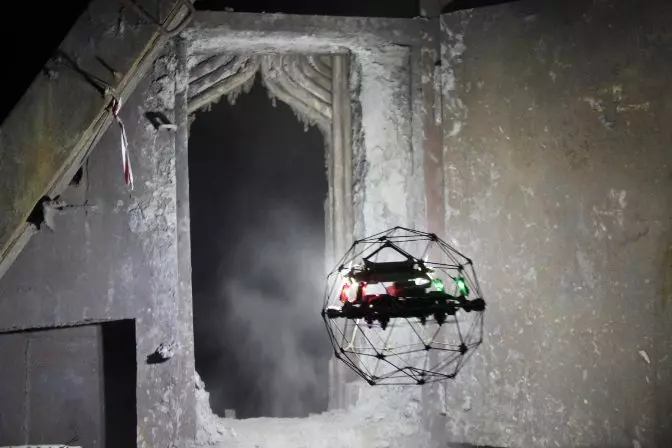 The Elios 2 conducting an inspection at a coal-fired power plant in the Ukraine
The Elios 2 conducting an inspection at a coal-fired power plant in the Ukraine
4. Prolonging Asset Lifespans
Because drone inspections are so much more cost-effective than manual inspections, drones allow companies to increase the frequency of inspections while still realizing significant savings.
Over time, increasing the frequency of inspections can help increase the longevity of power plant assets by uncovering potential problems and addressing them earlier than they would be otherwise.
Argentinian energy company Pampa Energia decided to invest in the Elios drones country-wide after a single test flight of an Elios discovered, in under an hour, an issue that could have caused serious damage to an asset. Identifying the problem before it was catastrophic saved them $420,000. Learn more about how the company saved so much money with a single flight.
Studies have shown that increased inspections are also good for the environment, which could prolong our lifespans too. Independent consulting group Boiler Room Consulting found that an increase in the frequency of boiler inspections, which was supported by Flyability drones, could potentially reduce CO2 emissions by as much as 649 metric tons a year.
Drones and Intrinsic Safety
Power plants often have spaces that are considered hazardous locations, with potentially explosive atmospheres. One frequently asked question is whether drones can fly safely in such environments.
To date, no commercially available drone meets the requirements to be considered intrinsically safe for use in hazardous environments.
However, the Elios 3 drone can carry a specialized gas sensor to alert to the presence of over 14 flammable gases. This sensor is an added safety layer for pilots flying in areas that could have hazardous gases - but it is not in itself a low-explosive level tool.
Want to learn more?
Check out this page devoted to power generation on the Flyability website to see all the ways that drones can help power plants improve their maintenance processes.


